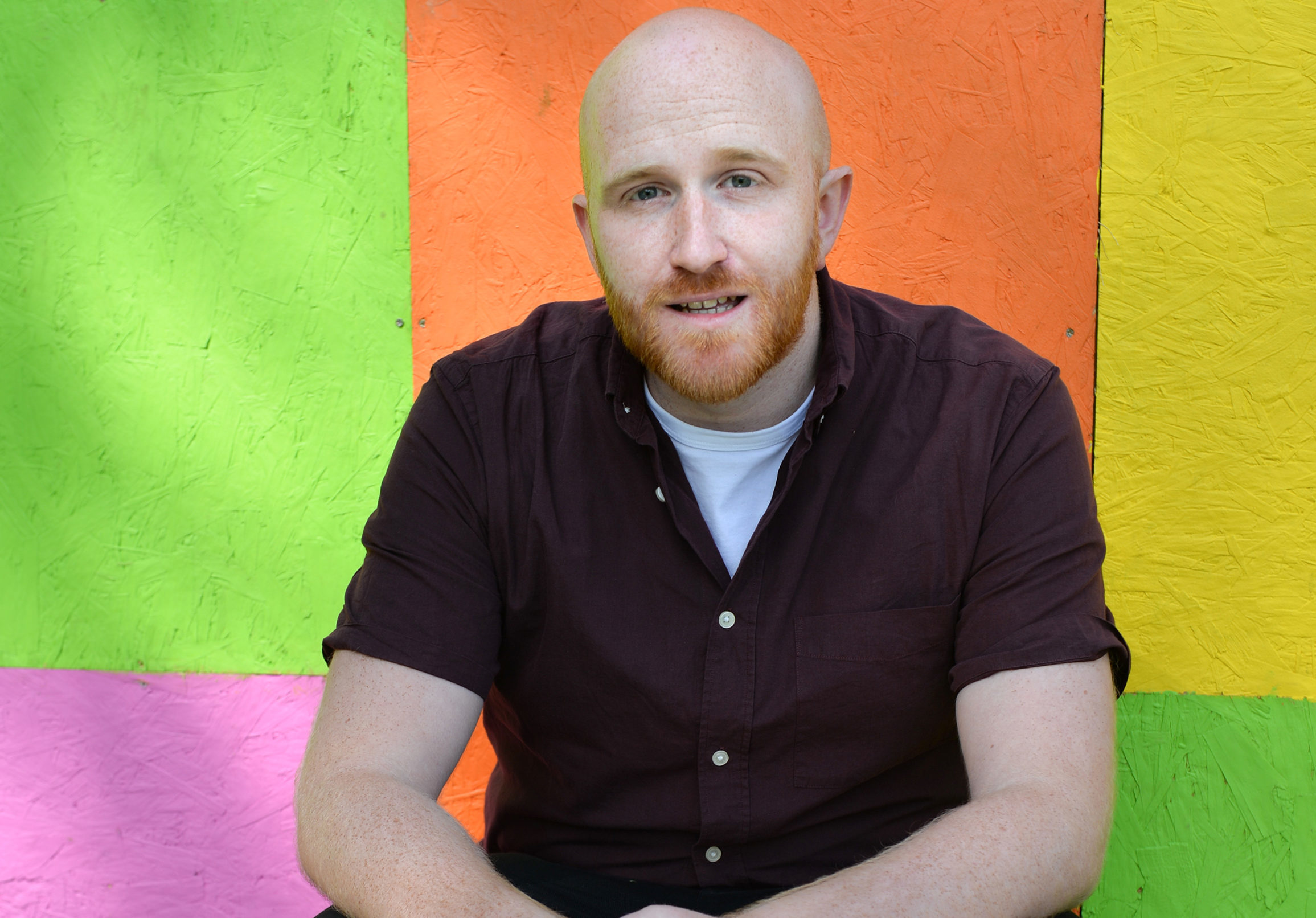
HAVE you heard the one about the stand-up comic who’s telling his jokes in sign language?
That’s not the set-up for a punchline, rather it’s a unique comedy first.
As the son of deaf parents, Ray Bradshaw regards British Sign Language as his first language.
Now in his 10th year as a comedian, Ray had previously hired an interpreter to sign some of his shows.
But last year he decided he was going to do it himself – and for every performance.
So now Ray is, essentially, performing two acts at once, due to the differences between spoken and signed English.
“The structure between the two is different, so people might laugh at slightly different times,” explained Ray, from Glasgow.
“The first time I tried it was at the Glasgow Comedy Festival last year and I was so worried beforehand that it was going to be a disaster.
“But it worked and I’ve now done the show 70 or 80 times.
“At last year’s Fringe, I had 170 deaf people come to their first comedy show.
“A woman came up to me after one of the shows, so upset, and I thought I’d done something wrong. But she just wanted to thank me and said it was so nice to be able to turn up to a comedy show without having to check which performance had an interpreter.”
Ray was studying drama at university in Liverpool when he went along to a comedy club one evening, thought he could do as well as those on stage, and was behind the mic just a week later.
“My mum and dad are both very funny people, so our house was always a fun place to be and I always enjoyed making people laugh,” Ray continued.
“My dad, David, is a massive child, always trying to get people to laugh, while my mum, Jill, is a real people person.
“Dad is profoundly deaf and Mum lost her hearing at 14 months old due to measles.
“You might not realise she is deaf, as she’s such a good lip reader. She would sit at the front of class in primary one and lip read the teacher, which I find unbelievable. She was 18 or 19 before she learned to sign and soon after she met my dad.”
Ray was also an early learner. “I don’t remember learning sign language, it was just there. I don’t recall being shown the basics or the alphabet. “I suppose it’s like learning English when you’re a baby, it just happens.
“I recall signing in the playground and thinking the other kids were stupid because they didn’t know it.”
As a touring comedian, the differing versions of sign language don’t make Ray’s job any easier.
“I toured in Australia recently, where the sign language is 81% the same as BSL. I had to go over a few days early and pick up on the differences – they have different signs for the days of the week, aunt and uncle, and so on – and adapt the show.
“In America, it’s completely different. They use one-handed sign language, which is based on the French version.”
Ray says he sees a huge increase in shows using interpreters and hopes that continues to grow.
“For my first solo show at the Fringe in 2015, I had three of my performances interpreted. Only 10 other people did it that year and it was all the big names, people like Frankie Boyle, Daniel Sloss and Adam Hill.
“It’s so expensive to hire an interpreter and quite often, especially at the Fringe, it’s the act who has to pick up the cost.
“Going forward, I think a fund would be a good idea.
“Scotland has announced plans to integrate sign language into everyday life by 2020, so we’re becoming a very sign language-friendly country.
“Having money available for performers to hire interpreters if they wished would be great.
“Everyone should be able to enjoy these experiences.”
Ray Bradshaw: Deaf Comedy Fam is at the Gilded Balloon, Edinburgh until Wednesday and then touring the UK until Nov 22.

Enjoy the convenience of having The Sunday Post delivered as a digital ePaper straight to your smartphone, tablet or computer.
Subscribe for only £5.49 a month and enjoy all the benefits of the printed paper as a digital replica.
Subscribe